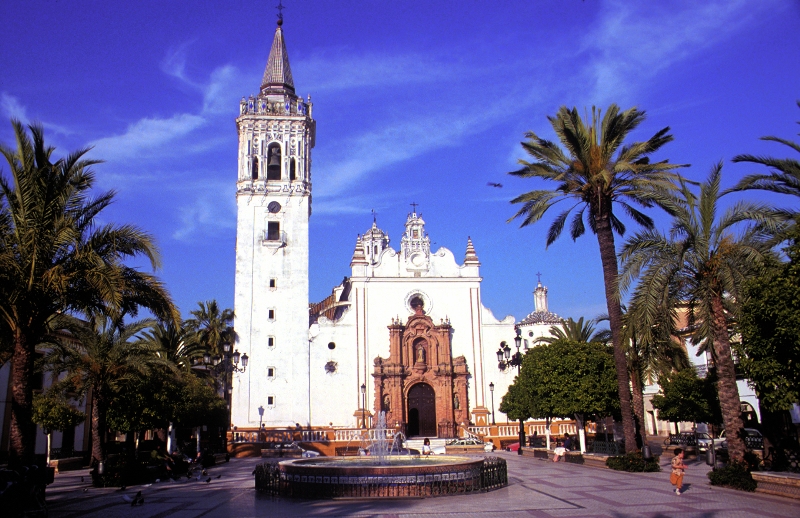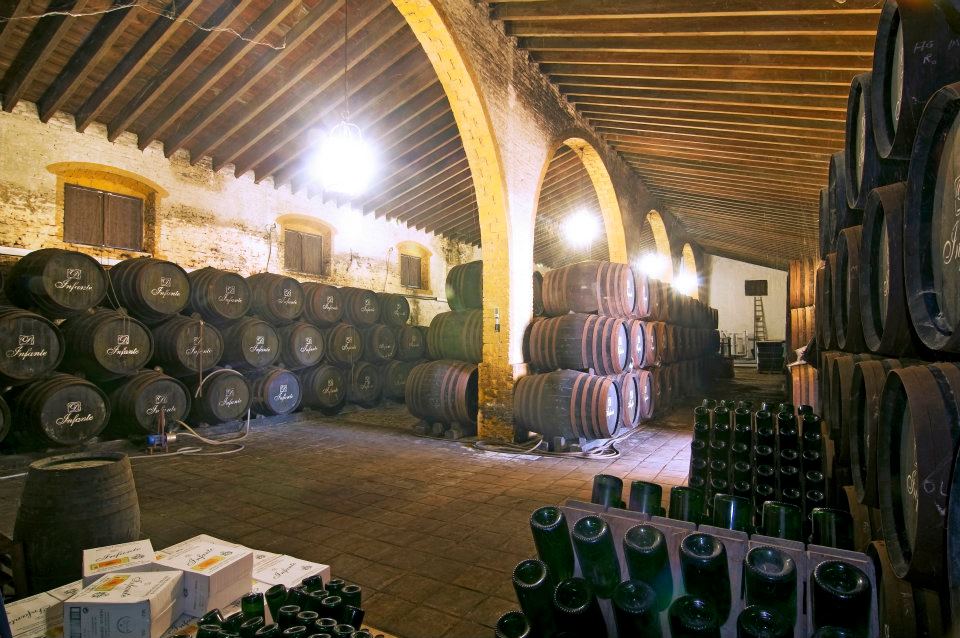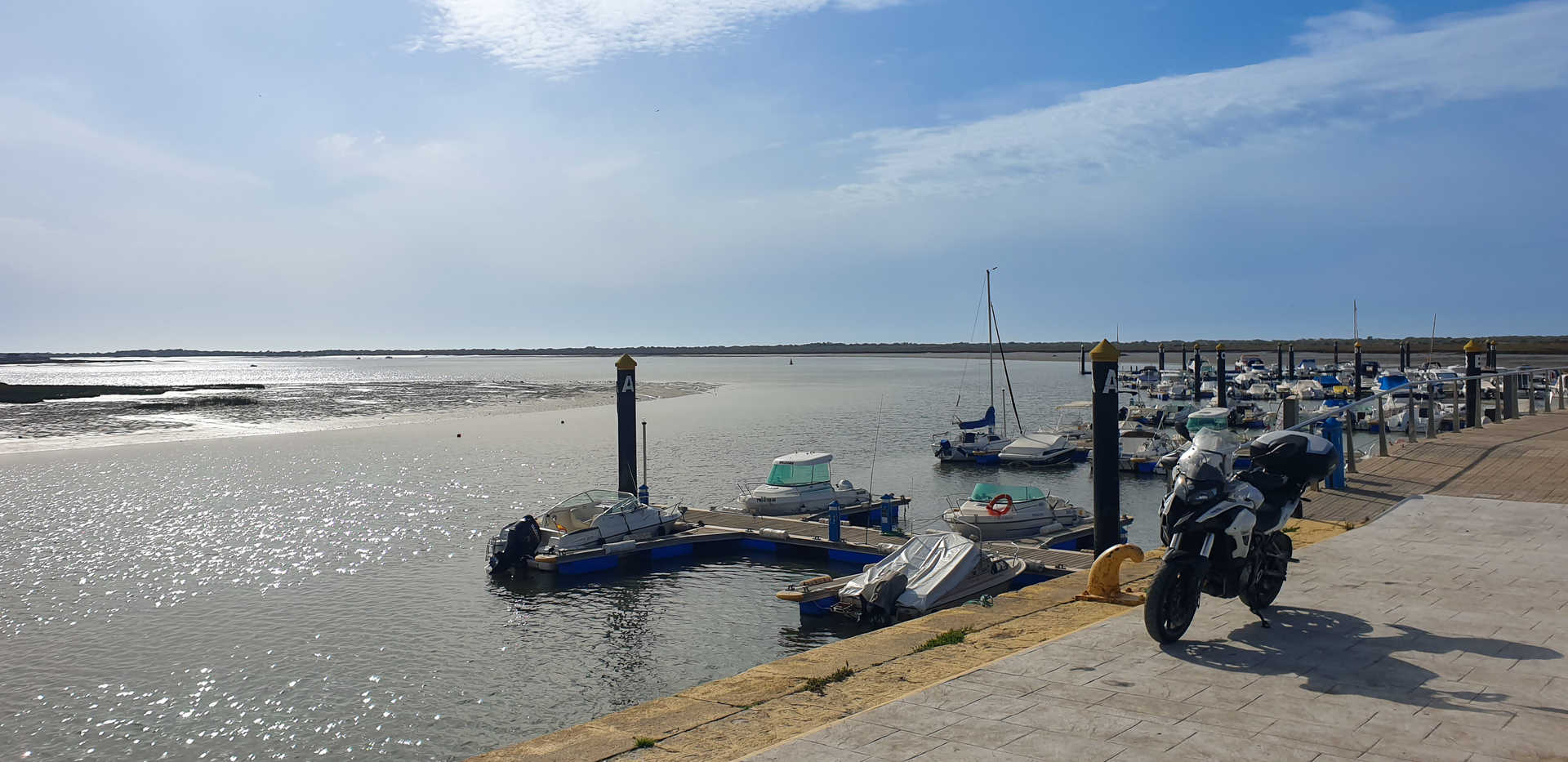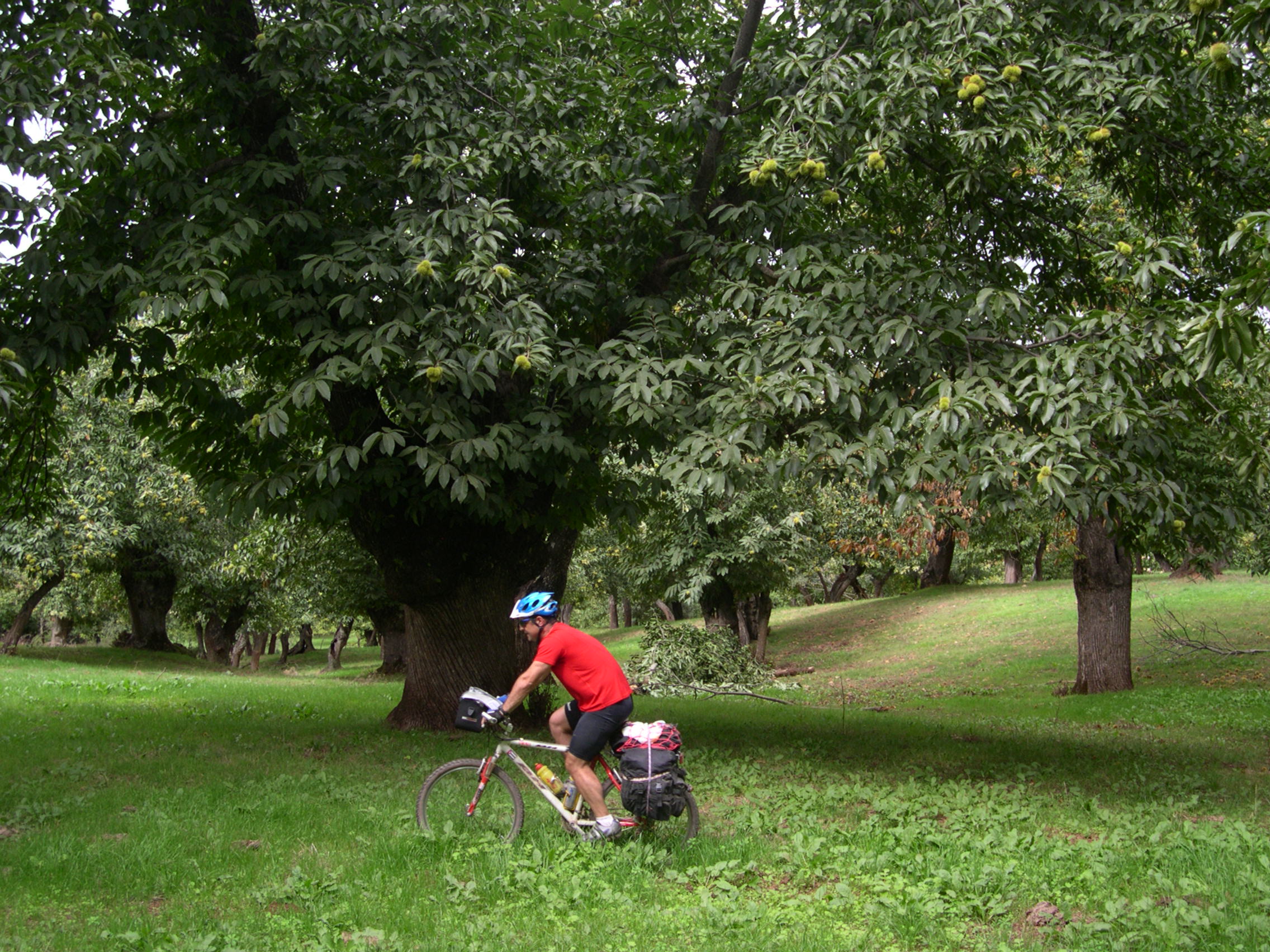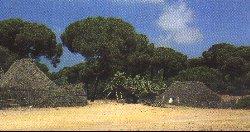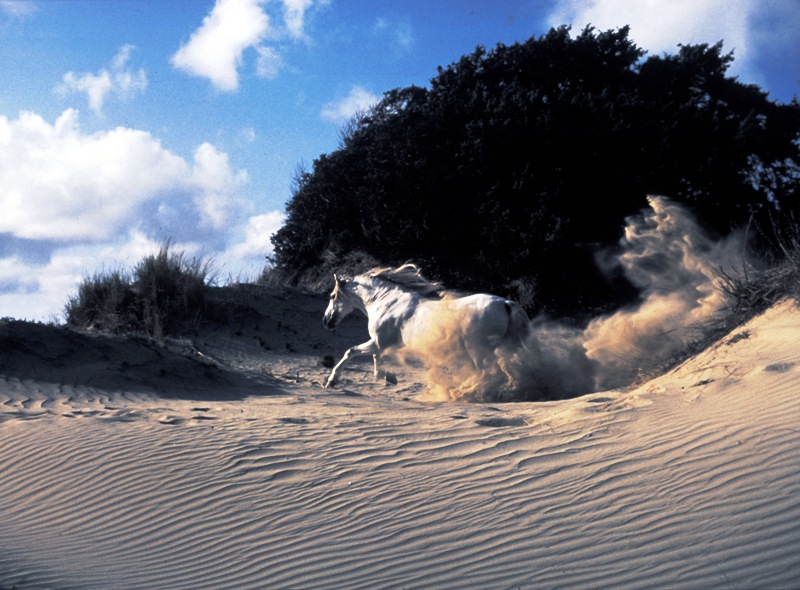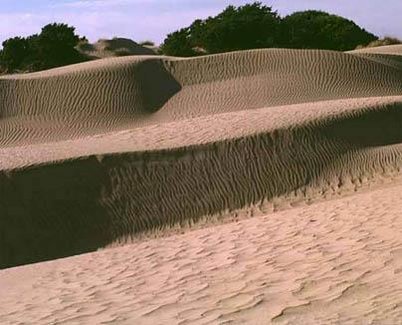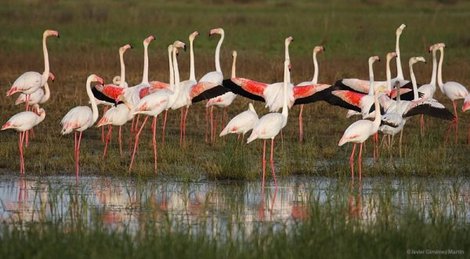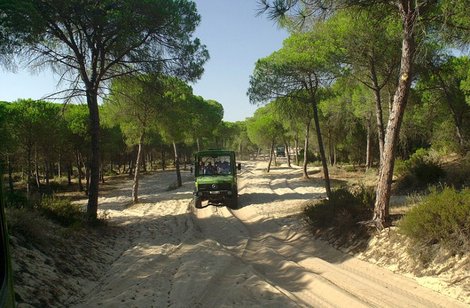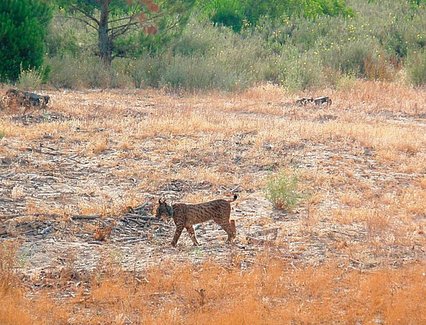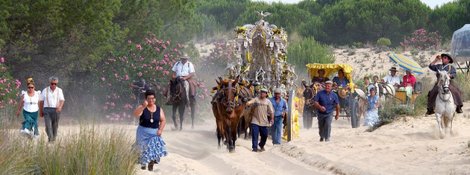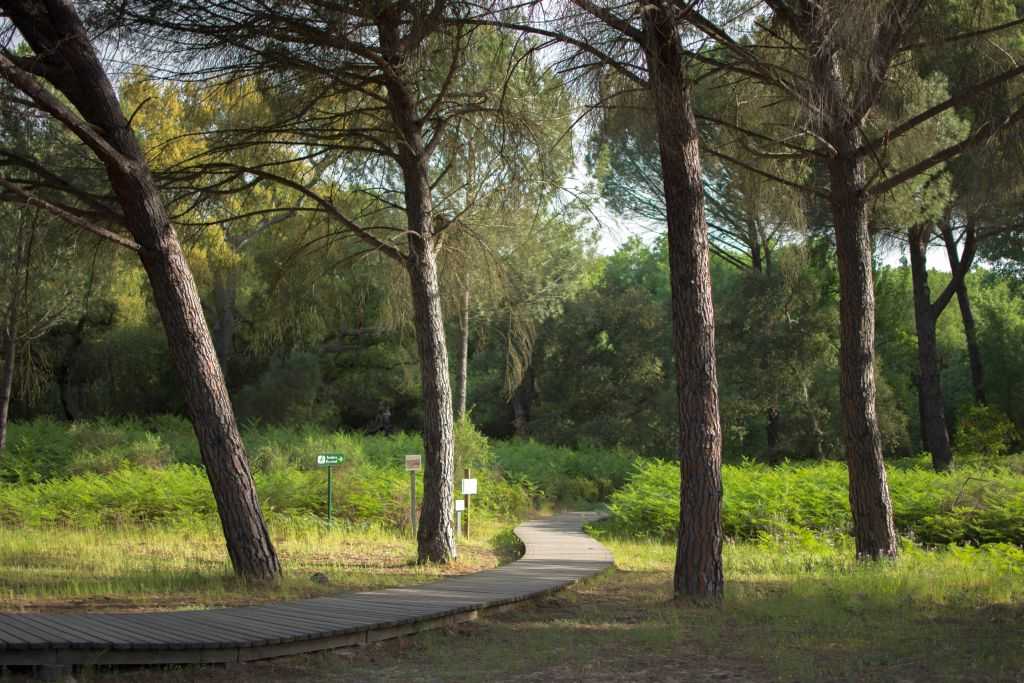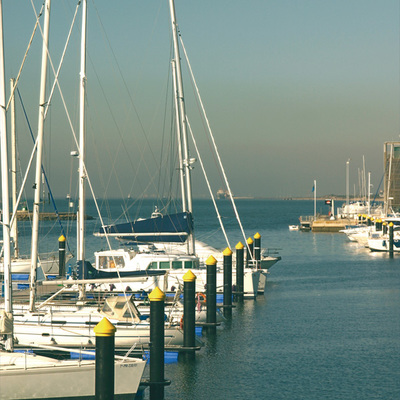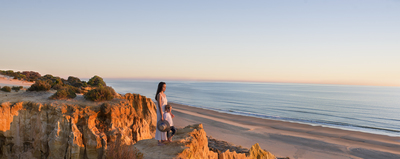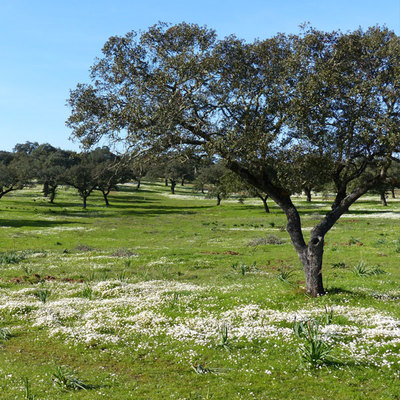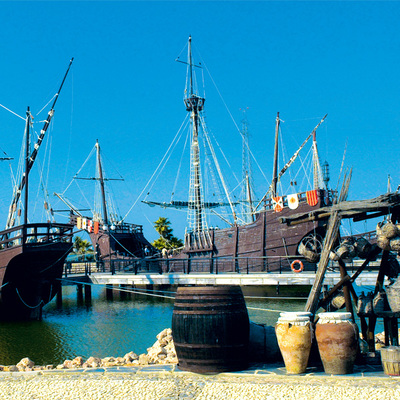THE "RACHOS" OF DOÑANA. HUELVA.
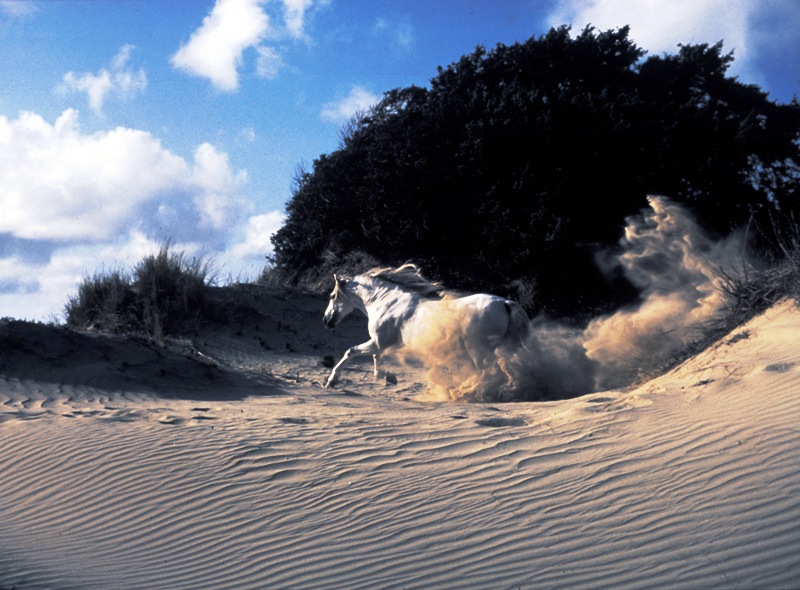
To speak of shanties is to go right back to the ancestors of popular architecture.
Such a habitat with Neolithic connotations still exists, dotted around a good part of Andalusia - especially in certain areas near the coast of the Gulf of Cádiz. However, in most cases they have ceased to be residential in character and are now used as sheds for farm equipment or livestock or as temporary shelter for an occasional shepherd.
Only within Doñana National Park do a handful of families remain faithful to the tradition of their ancestors, basing their livelihood on the exploitation of the natural resources of the "Coto". They have decided to live permanently in small villages of shanties or "ranches", integrated in the marshland ecosystem, and are the bearers of great historic, anthropological and cultural value.
The Doñana shanties have a rectangular base and are built using a pine frame, onto which a fine rush siding is fitted, which serves as a wall or "alberca". Finally, this structure is covered by a double pitch roof. The typical house is made up of two shanties, one for the kitchen and living room and another for the bedrooms, while a third one may exist for animals.
The whole ensemble is enclosed by a heather hedge that provides privacy and protection. Between the shanties, or on one side, there is normally a trellis, under which family life is normally carried on during the more favourable seasons. The largest number of villages is concentrated on the El Pinar del Faro estate.
Itineraries
Services and infrastructure
Specialties
You may be interested
